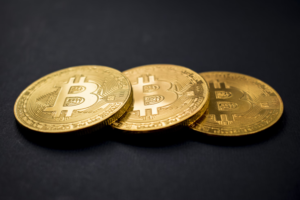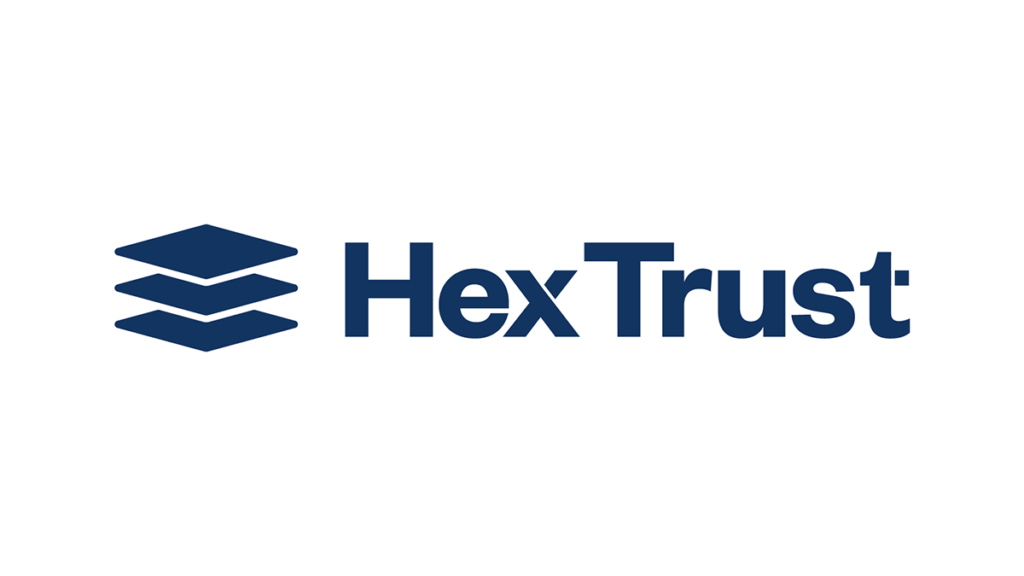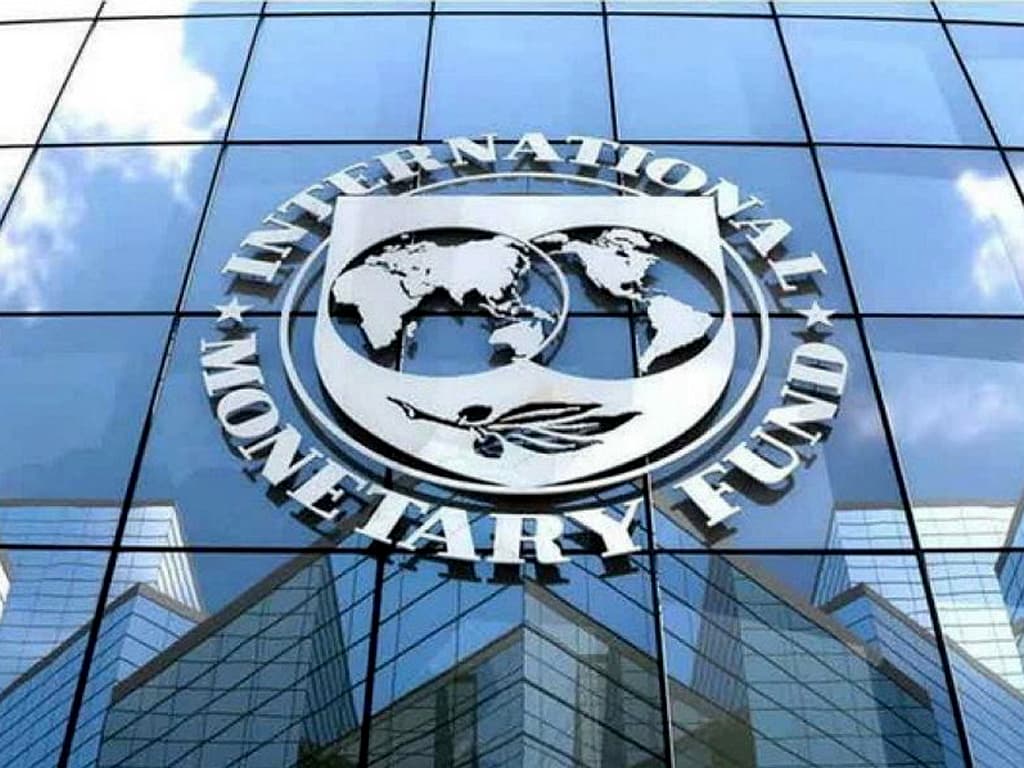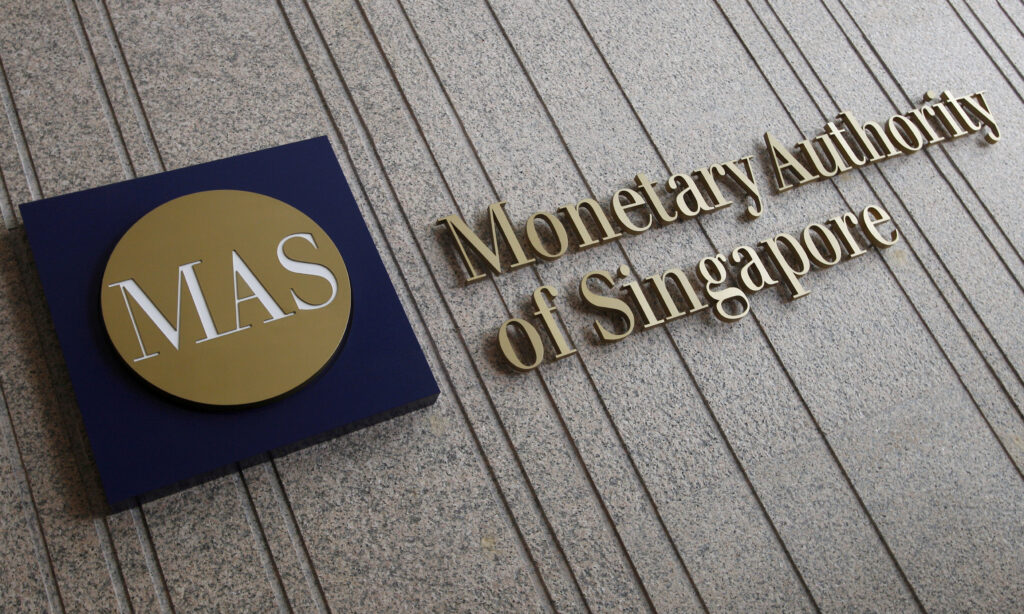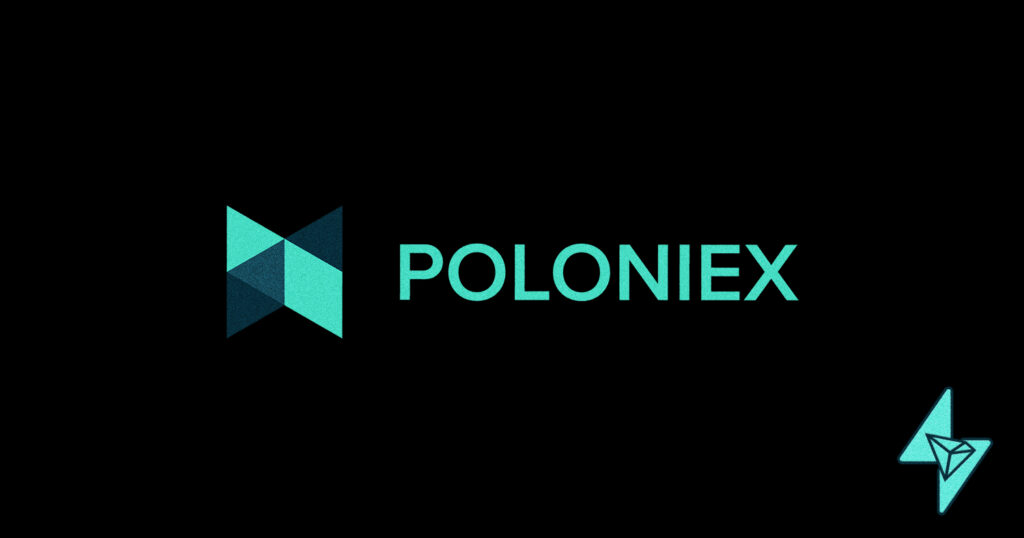The United States House Financial Services Subcommittee on Digital Assets, Financial Technology, and Inclusion gained insights into blockchain technology during a hearing titled “Crypto Crime in Context: Breaking Down the Illicit Activity in Digital Assets” on November 15.
The bipartisan nature of the hearing was emphasized by Chair French Hill at the outset.
Chair Hill initiated the meeting by referencing an article published by The Wall Street Journal on October 10, which highlighted the use of cryptocurrencies by Hamas for fundraising.
It’s worth noting that the article was corrected on October 27 to provide a more accurate representation of data from blockchain analytics firm Elliptic, as Hill pointed out.
He underscored that just as phones and the internet cannot be blamed for terror financing, cryptocurrencies shouldn’t be either.
Subcommittee ranking member Stephen Lynch expressed hope that preconceived notions about cryptocurrencies could be set aside.
The panel of witnesses included representatives from Consensys and Chainalysis, as well as forensic experts and a senior counsel from law firm Hogan Lovells.
They emphasized the importance of international and public-private collaboration to combat the misuse of digital assets, the necessity of well-crafted legislation, and the complexities of blockchain investigation.
Representative Brad Sherman posed a question to Dynamic Securities Analytics president Alison Jimenez, asking for an example of a legitimate use of a crypto mixer, to which she was unable to provide a satisfactory response.
READ MORE: Global Tech Giants Unveil Ambitious Plan After Poloniex Hack
Additionally, a group of lawmakers, including Hill, Representative Tom Emmer, Financial Services Committee Chair Patrick McHenry, and Representative Ritchie Torres, along with 53 more House members, sent a letter to U.S. President Joe Biden and Treasury Secretary Janet Yellen on November 15.
This letter sought information on the fundraising activities of Hamas and Palestinian Islamic Jihad and their involvement with cryptocurrency.
The letter emphasized the need to understand the scale of these organizations’ digital asset fundraising campaigns in relation to their traditional funding methods.
The same Wall Street Journal article was cited in this letter. On November 12, the WSJ published a second article by the same authors on the use of cryptocurrencies to funnel money to Hamas.
On the same day, the Blockchain Association released an open letter addressed to Hill and other members of the Financial Services Committee.
This letter, signed by 40 former members of the U.S. military, intelligence officers, and national security professionals with ties to digital asset companies or venture capital, expressed concerns about the accuracy of the previously mentioned WSJ article.
They argued that this article, which they deemed “grossly overstated” and “debunked,” is being used to advocate for legislation that may not align with U.S. national security interests.
The letter emphasized that promoting the growth of a regulated and compliant digital asset industry in the United States is the most effective approach to combating illicit activities involving cryptocurrencies.
Hong Kong-based institutional cryptocurrency asset custodian, Hex Trust, has received approval to offer virtual asset custodial services to institutional clients and investors in Dubai.
The company, which established its Dubai office in June 2022, obtained a full virtual asset service provider (VASP) license from Dubai’s Virtual Asset Regulatory Authority (VARA) on November 15.
Initially, Hex Trust had received a minimal viable product (MVP) operations license in February 2023, and this recent approval allows the firm to fully operate in the jurisdiction.
Hex Trust’s MENA regional director, Filippo Buzzi, highlighted that this approval places the company among a select group of cryptocurrency exchanges and service providers allowed to operate in Dubai.
Buzzi expressed Hex Trust’s commitment to expanding into the Middle East, citing the region’s progressive regulations, supportive governments, and thriving crypto ecosystem as factors contributing to its growth potential.
Alessio Quaglini, Hex Trust’s co-founder and CEO, emphasized that Dubai offers an ideal environment for businesses in the cryptocurrency sector to thrive, thanks to its progressive regulatory approach.
In addition to Dubai, Hex Trust has also received regulatory approval in France to provide its services to companies in the country, marking another milestone in its global expansion.
The company currently has offices in Hong Kong, Singapore, Vietnam, Dubai, Italy, and France.
READ MORE: Global Leaders Gather at APEC Summit in San Francisco to Discuss Economy and Digital Assets
Furthermore, Hex Trust recently gained recognition as one of the four major cryptocurrency custodians integrated into MetaMask Institutional’s wallet and browser extension, enabling it to offer custodial services to institutional clients.
This announcement coincided with Crypto.com’s Dubai entity receiving its VASP license, which is still pending operational approval from the city’s regulator.
Hex Trust joins a list of prominent cryptocurrency exchanges and firms that have obtained MVP or VASP licenses in Dubai, including Binance, Bybit, Laser Digital Middle East, BitOasis (currently suspended), OKX, Crypto.com, FTX (license revoked), and Huobi.
Komainu, a joint venture involving Nomura, and crypto companies CoinShares and Ledger, also secured a full VASP license in August 2023, offering custodial and staking services to institutional-grade clients.
The United Arab Emirates’ continued attraction to cryptocurrency ecosystem participants is driven by its role in providing federal grants and fostering crypto-friendly regulations.
To obtain a VARA license in Dubai, crypto exchanges must go through a three-step process, which includes qualifying for provisional approval, obtaining an MVP license, and finally securing a full market product license.
During her opening address at the Singapore FinTech Festival, Kristalina Georgieva, the Managing Director of the International Monetary Fund (IMF), encouraged governments to continue their preparations for the eventual adoption of central bank digital currencies (CBDCs) and related payment platforms.
Georgieva expressed her optimism about the global implementation of CBDCs but cautioned that we have not yet fully realized their potential.
She highlighted the ongoing uncertainty surrounding the adoption of CBDCs, stating that while approximately 60 percent of countries are currently exploring them in some form, widespread adoption is still a distant goal.
The IMF Managing Director underscored the transformative potential of CBDCs, emphasizing their ability to potentially replace physical cash, provide financial resilience in advanced economies, and enhance financial inclusion in underserved communities.
Georgieva also highlighted the complementary nature of CBDCs with existing private currencies, portraying them as a secure and cost-effective alternative.
Technological infrastructure was another key aspect of Georgieva’s speech, as she stressed the importance of robust technological frameworks for CBDC projects.
She also addressed the crucial matter of personal data protection and even proposed that artificial intelligence (AI) could play a role in enhancing the functionality of national digital currencies.
Cross-border payments were a focal point of her remarks, as she called for CBDCs to be designed with the capability to facilitate cross-border transactions, which are currently costly and limited in availability.
Georgieva introduced the IMF’s CBDC virtual handbook during her speech and acknowledged the significant role of the Bank for International Settlements (BIS) in supporting digital currency initiatives within the public sector.
The IMF has been actively engaged in the analysis of crypto regulations and risk assessments. On September 29th, the organization proposed a crypto-risk assessment matrix designed to help countries identify potential risks and triggers in the crypto sector.
This initiative, known as the IMF’s Synthesis Paper, was jointly developed with the Financial Stability Board and received unanimous approval from G20 finance ministers and central bank governors in October.
In summary, Kristalina Georgieva’s address at the Singapore FinTech Festival underscored the IMF’s commitment to exploring the potential of CBDCs and digital currencies in the evolving financial landscape, emphasizing their role in promoting financial inclusion, enhancing cross-border transactions, and providing resilient alternatives to traditional cash.
Dairy Queen is teaming up with the local nonfungible token project, Weirdo Ghost Gang (WGG), to launch a temporary NFT store in Chengdu, China.
The “Ice and Snow Season” themed pop-up store is set to operate from November 15th to December 31st, showcasing a range of co-branded merchandise, including a Dairy Queen-WGG themed ice cream.
Furthermore, WGG NFT holders will enjoy exclusive benefits as part of this collaboration, catering to their substantial user base in the Asia-Pacific region.
According to a press release reported by Cointelegraph, this partnership aims to go beyond merely highlighting Dairy Queen’s ongoing efforts in new media digital marketing.
It also seeks to provide consumers with a deeper understanding of the NFT art intellectual property (IP) associated with WGG, ultimately enhancing their experiences and connections.
WGG’s collection comprises 5,555 “Lil Ghosts” NFTs, initially crafted by Hong Kong-based Web3 holding company ManesLab in 2021.
Since its inception, the collection has achieved a trading volume exceeding 21,510 Ether (equivalent to $43.5 million) with a current floor price of 0.485 ETH ($995.2).
WGG has been actively engaging with its community through various initiatives.
READ MORE: Blockchain Association Challenges IRS Over Cryptocurrency Tax Regulations
In September, they launched the “City Party Map – Shanghai Station” event in collaboration with local food retailer Jiujiu Duck Neck. This event offered discounts to NFT holders at over 500 retail stores.
Additionally, last month, the project introduced the “Ghost Season” event at The Box, a luxury shopping destination in Beijing. During this event, WGG’s NFT art was showcased on 3D screens, providing a unique experience for shoppers.
In a cryptocurrency market facing a challenging period, many NFT projects have sought partnerships with Web2 or traditional brick-and-mortar companies for marketing collaborations.
A notable example includes the Wassies by Wassies NFT Collection, which launched a pop-up hotel in Singapore back in March.
The hotel, bearing its namesake, remained open until September, offering Wassie-themed rooms for approximately $100 per night.
Such partnerships serve as a testament to the evolving landscape of NFT marketing and its integration into various industries, even during challenging market conditions.
The Monetary Authority of Singapore (MAS) has unveiled a series of significant advancements within Project Guardian, an innovative initiative spearheaded by Singapore’s central bank aimed at pioneering the utilization of decentralized finance (DeFi) principles in the financial industry.
Five new industry pilots have been introduced to Project Guardian to explore various aspects of asset tokenization, each with a unique focus and purpose.
Project Guardian aims to establish the groundwork for the expansion of tokenized markets by developing foundational capabilities. MAS envisions these developments as a means to facilitate the institutional adoption of digital assets.
This, in turn, is anticipated to enhance liquidity, unlock fresh investment opportunities, and enhance the overall efficiency of financial markets.
Among the 17 financial institutions participating in Project Guardian, notable players like Citi, T. Rowe Price, and Fidelity International are engaged in testing bilateral digital asset trade mechanisms.
They are also exploring real-time post-trade reporting and analytics for digital asset transactions.
Ant Group, another member, is assessing the capabilities of a treasury management solution to optimize liquidity management on a global scale.
BNY Mellon and OCBC have taken on the challenge of evaluating a cross-border foreign exchange payment solution capable of facilitating transactions across diverse networks.
Franklin Templeton is actively testing the issuance of a tokenized money market fund within a variable capital company (VCC) structure.
Simultaneously, JPMorgan and Apollo have teamed up to streamline labor-intensive manual processes in asset servicing using digital assets.
READ MORE: Global Leaders Gather at APEC Summit in San Francisco to Discuss Economy and Digital Assets
In addition to these five pilots, MAS has launched Global Layer One, a groundbreaking venture aimed at designing an open digital infrastructure that will host tokenized financial assets and associated applications.
The central bank has also fostered collaboration with the financial industry to create an Interlinked Network Model.
This model serves as a common framework for the seamless exchange of digital assets across independent networks among different financial institutions.
An exciting addition to Project Guardian is the inclusion of the International Monetary Fund (IMF) as one of its key policymakers.
This collaboration underlines the global significance of MAS’s efforts in advancing the adoption of DeFi principles and digital assets within the financial ecosystem.
In summary, the expansion of Project Guardian, with its new industry pilots and collaborative endeavors, signals a bold step forward in the realm of DeFi-driven financial infrastructure development, ultimately reshaping the future landscape of financial markets in Singapore and beyond.
Users of the popular nonfungible token (NFT) marketplace OpenSea have reported falling victim to a recent email phishing attack, where malicious actors impersonate the platform to deceive users.
Reports circulating on social media highlight various phishing campaigns targeting OpenSea users, including a fake developer account risk alert and fraudulent NFT offers.
One OpenSea developer shared their experience on X (formerly Twitter) on November 13, revealing that they received a phishing attempt via an email dedicated solely to their OpenSea Application Programming Interface (API) key.
This incident suggests that attackers may have gained access to developer contacts from OpenSea, making them the primary target of this campaign.
Despite this, OpenSea has maintained that its platform has not been compromised and urged users to exercise caution when clicking on suspicious links.
On November 14, another OpenSea user expressed confusion about the ongoing phishing campaign on Reddit.
They reported receiving emails related to NFT offers, even though they hadn’t used OpenSea for years. These emails contained links attempting to install a malicious app.
READ MORE: XRP Price Surges 12% on Fake BlackRock Filing, Markets Quickly Correct
The user noted a sudden increase in phishing emails, raising concerns about OpenSea’s security.
This phishing incident comes shortly after one of OpenSea’s third-party vendors experienced a security breach in late September 2023, which led to the exposure of user API keys and email addresses.
OpenSea promptly notified affected users about the breach.
Notably, OpenSea had previously faced phishing attacks in February 2022, warning users to avoid clicking on links in emails originating from outside the official OpenSea website.
The company also investigated rumors of exploits tied to OpenSea-related smart contracts.
OpenSea has not yet responded to requests for comment from Cointelegraph.
This recent phishing campaign adds to the challenges faced by OpenSea, as the platform recently announced a significant reduction in staff, with plans to launch OpenSea 2.0 with a smaller team.
In light of these events, it is crucial for the cryptocurrency community to remain vigilant when receiving emails from service providers.
To protect themselves from phishing attacks, users should verify the authenticity of the sender and exercise caution when clicking on links.
Additionally, it’s important to remember that legitimate crypto firms never request personal data such as wallet addresses or private keys via email.
In the midst of grappling with the aftermath of the recent $100 million Poloniex hack, the cryptocurrency community faces yet another cybersecurity menace that threatens to jeopardize billions of dollars in crypto assets.
A group of blockchain security experts uncovered this threat, which could have far-reaching implications for the crypto ecosystem.
On November 14, cybersecurity firm Unciphered divulged details about a vulnerability they’ve named “Randstorm.”
This vulnerability, they assert, has the potential to impact numerous crypto wallets created through web browsers from 2011 to 2015.
The discovery came about when the company was attempting to recover a Bitcoin wallet, revealing a potential issue with wallets generated by BitcoinJS and its associated projects.
According to Unciphered’s assessment, this issue has the potential to affect millions of wallets, collectively holding approximately $2.1 billion in cryptocurrencies.
Furthermore, Unciphered has raised concerns about the broader scope of this vulnerability, suggesting that it may extend to multiple blockchains and projects.
Beyond Bitcoin (BTC), the company has specifically pointed out that cryptocurrencies such as Dogecoin, Litecoin, and Zcash may also harbor this vulnerability.
The urgency of the situation is underscored by Unciphered’s assertion that many individuals have already received alerts regarding this problem.
READ MORE: Blockchain Association Challenges IRS Over Cryptocurrency Tax Regulations
For those who utilized web browsers to generate crypto wallets between 2011 and 2015, Unciphered strongly recommends transferring their assets to wallets generated using more recent and trusted software. Their advice is clear:
“If you are an individual who has generated a self-custody wallet using a web browser before 2016, you should consider moving your funds to a more recently created wallet generated by trusted software.”
Although Unciphered confirmed that not all affected wallets are equally vulnerable, they stressed that the vulnerability is exploitable.
However, they have refrained from disclosing specific details about the exploit to prevent any potential misuse by malicious actors within the crypto space.
In conclusion, the crypto community faces a new and potentially significant cybersecurity threat in the form of the Randstorm vulnerability.
This discovery serves as a reminder of the importance of regularly updating and securing crypto wallets, especially for those who generated wallets during the 2011-2015 timeframe, as their assets may be at risk.
As the crypto landscape continues to evolve, vigilance and proactive security measures are paramount to safeguarding valuable assets in this digital realm.
Despite undergoing multiple security audits, Raft, a decentralized U.S. dollar stablecoin protocol, recently fell victim to a security breach resulting in a substantial loss of $6.7 million.
The incident, detailed in a post-mortem report released on November 13th, involved a hacker who had borrowed 6,000 Coinbase-wrapped staked Ether (cbETH) from the decentralized finance platform Aave.
This borrowed cbETH was then transferred to Raft, where the attacker exploited a smart contract glitch to mint an astonishing 6.7 million R tokens, which constitute Raft’s stablecoin.
The ill-gotten funds were promptly funneled off the platform through liquidity pools on decentralized exchanges Balancer and Uniswap, ultimately yielding the hacker $3.6 million in gains.
The attack had a detrimental impact on the R stablecoin’s peg to the U.S. dollar.
The post-mortem report identified the primary cause of the incident as a precision calculation issue when minting share tokens, enabling the attacker to amass extra share tokens.
The attacker capitalized on the amplified index value, significantly boosting the value of their shares.
This security lapse went unnoticed despite the smart contracts having undergone audits by blockchain security firms Trail of Bits and Hats Finance, highlighting the unfortunate inability of these audits to detect the vulnerabilities that led to the breach.
READ MORE: Spanish Regulator Takes Action Against Fraudulent Crypto Promoters
In response to the incident, Raft has taken a series of measures.
They have filed a police report and are collaborating with centralized exchanges to trace the flow of the stolen funds.
Currently, all of Raft’s smart contracts remain suspended. However, users who had minted R tokens still have the option to settle their positions and recover their collateral.
This event serves as another sobering reminder of the ongoing challenges and risks associated with decentralized stablecoins.
It underscores the critical importance of implementing robust security measures and maintaining vigilance within the DeFi space.
This incident is not an isolated case within the decentralized stablecoin realm.
In December 2022, the decentralized stablecoin HAY also experienced a depegging from the U.S. dollar due to a hacker exploiting a smart contract glitch, enabling them to mint 16 million HAY tokens without proper collateral.
HAY has since managed to reestablish its peg, partly due to the protocol’s requirement of a collateralization ratio of 152% at the time of the exploit, which served as a risk management safeguard.
The Asia-Pacific Economic Cooperation (APEC) summit kicked off on November 11th in San Francisco, promising an eventful week of discussions and meetings.
While the anticipated meeting between United States President Joe Biden and Chinese leader Xi Jinping on November 15th captures the spotlight, the finance ministers’ gathering also holds significant importance within the organization.
U.S. Treasury Secretary Janet Yellen, addressing the finance ministers’ meeting on November 13th, outlined their agenda, emphasizing a focus on long-term priorities with a strong emphasis on sustainability.
Two key sessions are planned, one dedicated to supply-side economics and another to digital assets.
Yellen specifically highlighted unbacked crypto assets, stablecoins, and central bank digital currencies as topics of discussion.
Yellen expressed the importance of engaging with the private sector to gain a deeper understanding of the tools that policymakers can utilize to ensure the responsible development and utilization of digital assets.
She invited perspectives on the role of digital assets and blockchain technologies in financial systems and inquired about regulatory oversight strategies.
READ MORE: Bitcoin Mining Soars to Annual All-Time High, Surpasses $44 Million in Daily Rewards
In the lead-up to the summit, Yellen had a meeting with top Chinese economic official He Lifeng on November 9th and 10th. It’s worth noting that China has effectively banned cryptocurrency trading since 2021 but has emerged as a global leader in central bank digital currency development.
The perspectives shared during the November 13th meeting may diverge from Yellen’s own stance, as the Biden administration is generally perceived as cautious or less favorable toward cryptocurrencies.
Meanwhile, many view Asia as taking the lead in blockchain development, with notable advancements in the metaverse, cryptocurrency trading, and adoption across various Asian economies.
APEC comprises 21 Pacific-region “economies” spanning Asia, North America, and South America.
Its unique membership structure accommodates economies rather than countries, enabling participation from entities like Hong Kong and Taiwan without generating controversy.
Notably, Ripple played a significant role as a diamond-level sponsor of the summit, underscoring the growing influence of blockchain and digital assets in the global economic landscape.
In summary, the APEC summit’s finance ministers’ meeting underscores the growing importance of digital assets and sustainability in the regional economy.
While the U.S. and China differ in their approaches to cryptocurrency, the summit provides a platform for dialogue and collaboration among diverse economies seeking to navigate the evolving financial landscape.
The price of a memecoin named after Elon Musk’s AI project “Grok” took a nosedive, plummeting by over 70% after blockchain investigator ZachXBT alleged that the token’s social media presence was recycled from a previous scam token project.
In a tweet on November 13, ZachXBT shared screenshots revealing that various social media accounts and websites associated with the Grok (GROK) token were repurposed from abandoned projects, including a memecoin called ANDY, which had seen a significant decline from its all-time high.
In the aftermath of ZachXBT’s tweet, the memecoin community witnessed GROK’s price plummet by a staggering 74%, dropping from its all-time high of $0.027 to a low of $0.007 in just five hours.
Subsequently, the price partially recovered to $0.011, as per data from DexTools.
In a subsequent post, ZachXBT highlighted an Etherscan transaction that showed the GROK team sending approximately $1.7 million worth of the token to a burn address, a move aimed at reducing the token’s supply and restoring confidence in it.
READ MORE: Bitcoin Mining Soars to Annual All-Time High, Surpasses $44 Million in Daily Rewards
The official GROK token account, in a November 14 post, claimed that the development team had burned all the tokens from the deployer address, totaling around 180 million GROK, valued at approximately $2 million at the current market prices.
At its peak price of $0.027 on November 13, GROK had a market capitalization of nearly $200 million, establishing itself as one of the largest new memecoins in the current cycle.
GROK was launched on November 5, coinciding with Elon Musk’s announcement of Grok AI, purportedly a competitor to OpenAI’s ChatGPT.
In the following week, the memecoin’s value experienced an astonishing 33,650% surge, driven by memecoin traders looking to capitalize on the hype.
In summary, the price of the Grok memecoin experienced a dramatic drop following allegations of recycled social media accounts and a subsequent token burn attempt by the development team.
This rollercoaster ride in value occurred amid the fervor surrounding Elon Musk’s Grok AI project, which had initially fueled the memecoin’s meteoric rise.


